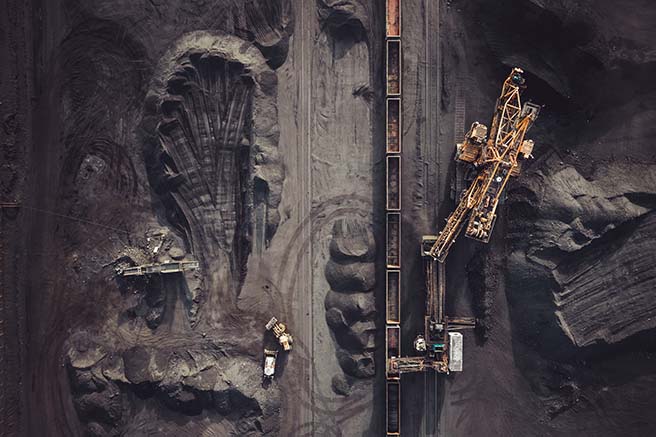If you’re asking, ‘what are exploration and evaluation assets?’, the answer lies in their accounting treatment and purpose within the mining sector. If you have secured a mining tenement, completed the prospecting phases and you’re now ready to begin exploration while subsequently wondering how to account for the costs, then you need to read the Australian Accounting Standards Board’s (AASB) Accounting Standard 6: Exploration for and Evaluation of Mineral Resources.
There are multiple key takeaways, with the primary takeaway being that you cannot capitalise costs incurred in the prospecting phase or before you have legal rights to an area of interest.
Exploration and evaluation assets conditions
For exploration and evaluation assets to be recognised and measured at cost, certain conditions must be satisfied.
First, you need to have current legal rights to tenure of the area of interest.
Then, you must either:
- expect the exploration and evaluation costs to be recouped through successful development and exploitation, or by sale; or
- if exploration and evaluation activities in the area of interest have not yet reached a state of assessment that is reasonable enough to determine the recoverable reserves, then active operations must be continuing.
It’s important to note here that an area of interest refers to a geological area where the presence of mining deposits or equivalent is considered either favourable or has been proved to exist.
Exploration and evaluation assets examples
Some exploration and evaluation assets examples of expenditures that might be included in the initial measurement of exploration and evaluation assets include: exploratory drilling; sampling; trenching; topographical, geographical and geophysical studies; and other activities specific to evaluating the technical feasibility and commercial viability of extraction. Examples of exploration and evaluation assets also include directly attributable general costs, provided they are clearly linked to your evaluation activities.
Typical examples of expenditures that might be included in the initial measurement of exploration and evaluation assets include: exploratory drilling; sampling; trenching; topographical, geographical and geophysical studies; and other activities specific to evaluating the technical feasibility and commercial viability of extraction. General costs can also be allocated however they need to be linked directly to your evaluation activities.
How to measure exploration and evaluation assets
Exploration and evaluation assets are generally measured at cost at recognition. However, after initial recognition, an entity can then choose to apply the cost model or revaluation model.
Under the cost model, the assets will be stated at cost less depreciation. Whereas, under the revaluation model, the assets will be stated at fair value less depreciation and need to be revalued regularly at a certain interval (possibly three to five years).
When applying the revaluation model, tangible assets (vehicles, drilling rigs, etc.) will be applied under AASB 116 Property, Plant and Equipment, but intangible assets (drilling rights, etc.) will apply the revaluation model under AASB 138 Intangible Assets instead.
Regardless of whether the asset is measured at cost or fair value, it needs to be assessed for impairment.
Contact your William Buck advisor for assistance with exploration and evaluation assets.






































